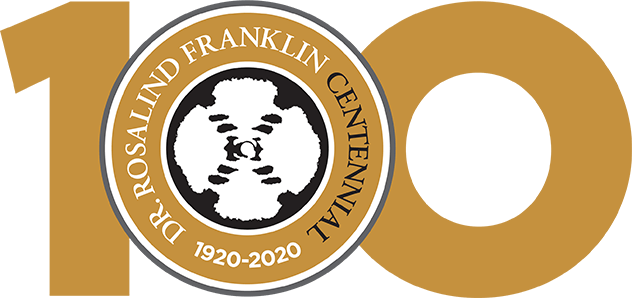The French Connection
Rosalind earned her PhD around the same time World War II ended. In her search for a position, she reached out to Adrienne Weill, the French scientist she met at Cambridge as an undergraduate. Weill helped her land a position at the Laboratoire Central des Services Chimiques de l’Etat in Paris.
This laboratory was home to Jacques Mering, a pioneer in X-ray diffraction. He taught Rosalind how to apply X-ray crystallography to the study of amorphous substances. She used this technique to further study the carbons she knew so well. Over time, her research informed the creation of durable, heat-resistant materials such as carbon fiber, and earned her an international reputation in the field.
Rosalind flourished in France, where she enjoyed the country, the people, the food and the collegiality of her lab. Fluent in French, newly independent and totally committed to her X-ray work, she deftly navigated a post-war world.
As her work in carbons continued to gain notice, she applied for and landed a fellowship at King’s College London. She was torn about leaving her beloved Paris, where she had spent four years. But the move home would open the door to her greatest discovery…
